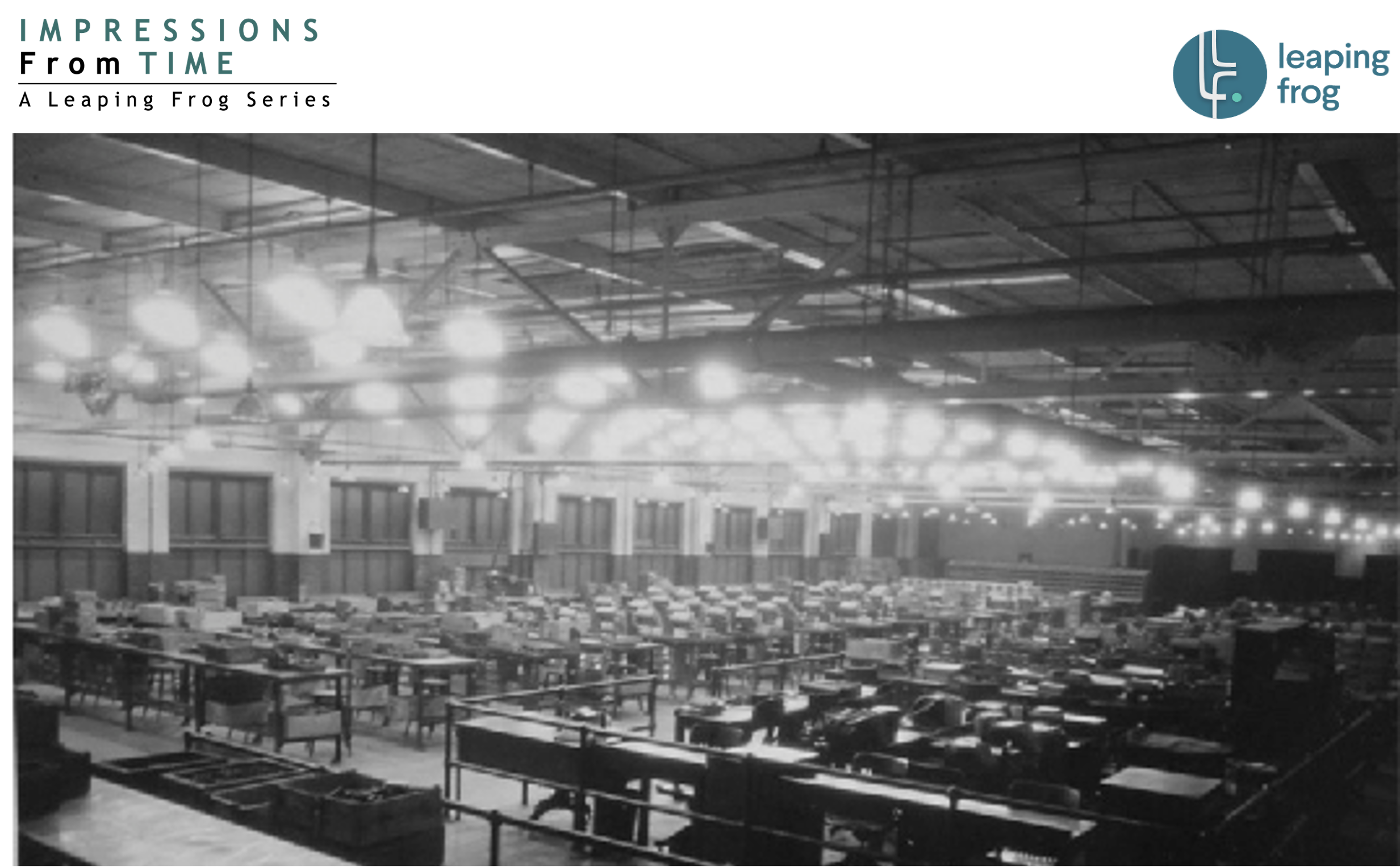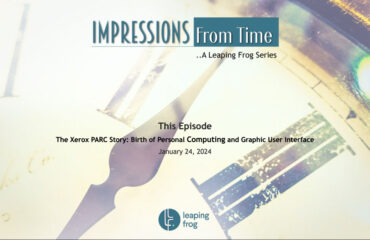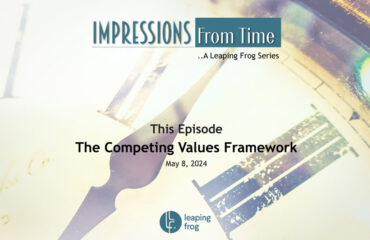
Picture Credit: https://www.semanticscholar.org/
Bright Lights to Human Insights: Illuminating the Path to Understanding Human Behavior
Explore the journey from bright lights to human insights, uncovering the nuances of understanding human behavior. Discover how insights into human behavior can drive innovation, improve relationships, and enhance personal growth. In the bustling city of Chicago during the early 20th century, an unassuming factory known as the Western Electric Hawthorne Works was about to become the stage for a ground-breaking discovery that would change how we view workplaces forever.
The story began when a group of researchers embarked on a mission to uncover the factors influencing employee productivity. They chose the factory’s illumination as their initial focus, curious to see whether better lighting conditions could lead to an increase in output. As they brightened the lights in one section of the factory, they anticipated seeing the workers’ productivity soar in response to the improved environment.
To their surprise, the outcome was not as straightforward as they had expected. Yes, productivity did rise when the lights were made brighter. But here’s the twist: it also increased when the lights were dimmed back to their original levels. This puzzling result left the researchers scratching their heads. Something more intricate was at play.
Intrigued by this enigma, the researchers delved deeper into their investigation. As they interacted with the workers and observed their behaviour, a remarkable pattern emerged. It wasn’t just the lighting that was affecting productivity; it was the mere fact that the workers were being observed and studied. The workers felt valued and acknowledged – they were under the spotlight.
This realisation marked the birth of what would come to be known as the “Hawthorne Effect.” It described the phenomenon where individuals modify their behaviour in response to the awareness of being observed. The workers, fuelled by the attention they were receiving, became more motivated, engaged, and productive. It was as if the simple act of being noticed had ignited a spark within them.
As the researchers continued their studies, the Hawthorne Effect remained a steadfast companion. It was a powerful reminder that the human element in any setting – particularly the workplace – could wield remarkable influence. Changes in lighting conditions were no longer the sole focus; now, the spotlight had shifted to the social and psychological dynamics at play.
Over time, the research at the Hawthorne Works expanded to explore other facets of the work environment – rest breaks, work hours, leadership styles – and each time, the Hawthorne Effect was right there, illuminating the interplay between observation, attention, and performance.
The Hawthorne Studies’ impact extended beyond the initial findings. They highlighted the importance of considering the human element in organisational settings, leading to the development of the field of organisational behaviour, highlighting that acknowledging and valuing employees – simply shining a light on their efforts – could lead to profound improvements in productivity, motivation and overall well-being.
The concept of the Hawthorne Effect continues to remind organisations of the influence of social interactions, recognition, and the feeling of being valued on employee performance and engagement.
This is particularly important in the post-pandemic era, where the workplace landscape has significantly transformed. With shifting work mindsets the rise of the millennial and Gen Z workforce, the relevance of the Hawthorne Studies remains pertinent.
Firstly, the studies’ focus on human relations and social dynamics is now more critical than ever. In the post-pandemic world, where remote and hybrid work models are prevalent, maintaining strong human connections and a sense of belonging within organisations is vital. The principles of open communication and collaboration from the Hawthorne studies continue to guide the creation of inclusive, virtual work environments.
Secondly, the studies emphasised the importance of leadership styles in influencing employee motivation and performance. The new generations, known for valuing purpose, autonomy, and ethical leadership, has reshaped the expectations of modern leaders. Organisations are now adapting their leadership models, aligning them with the principles highlighted in the Hawthorne studies to cater to the evolving workforce.
Additionally, the notion of employee engagement remains central, especially with millennials and Gen Z, who seek meaningful work experiences. The Hawthorne studies’ insights into how recognition and involvement impact job satisfaction continue to inspire organisations to implement employee engagement strategies that resonate with the millennial workforce.
The Hawthorne studies’ profound impact on modern work environments is a testament to their enduring relevance. As organisations navigate the post-pandemic era with a transformed work mindset and the millennial generation at the forefront, the lessons of these studies guide the development of inclusive, purpose-driven workplaces that prioritise human relationships, effective leadership, and employee engagement.
……………………………………………………………………………………………………………………………………………..
Impressions From Time” is a curated series from Leaping Frog, about stories from the yesteryears that have helped shape the modern-day practices in the people and organisation domain.
Leaping Frog, a new-age consulting firm, is an enabler and co-creator in enhancing people and organisational effectiveness. We love doing work in the areas of “Driving Organisational Change and Development”, “HR Systems and Talent Strategy”, and “Leadership and Life Coaching”.




